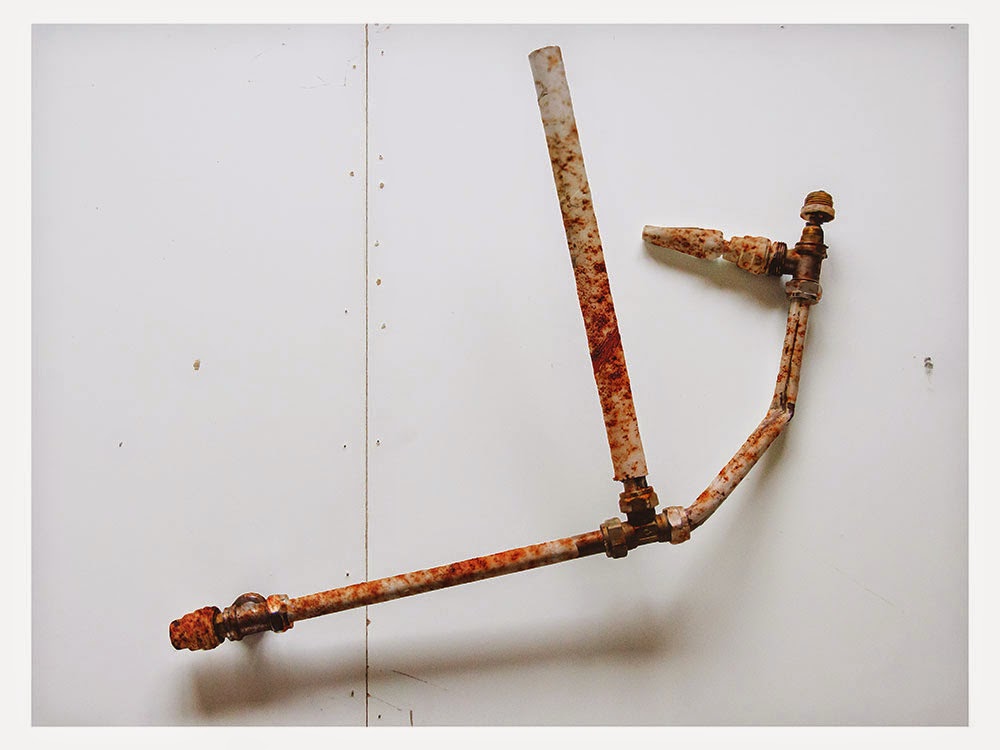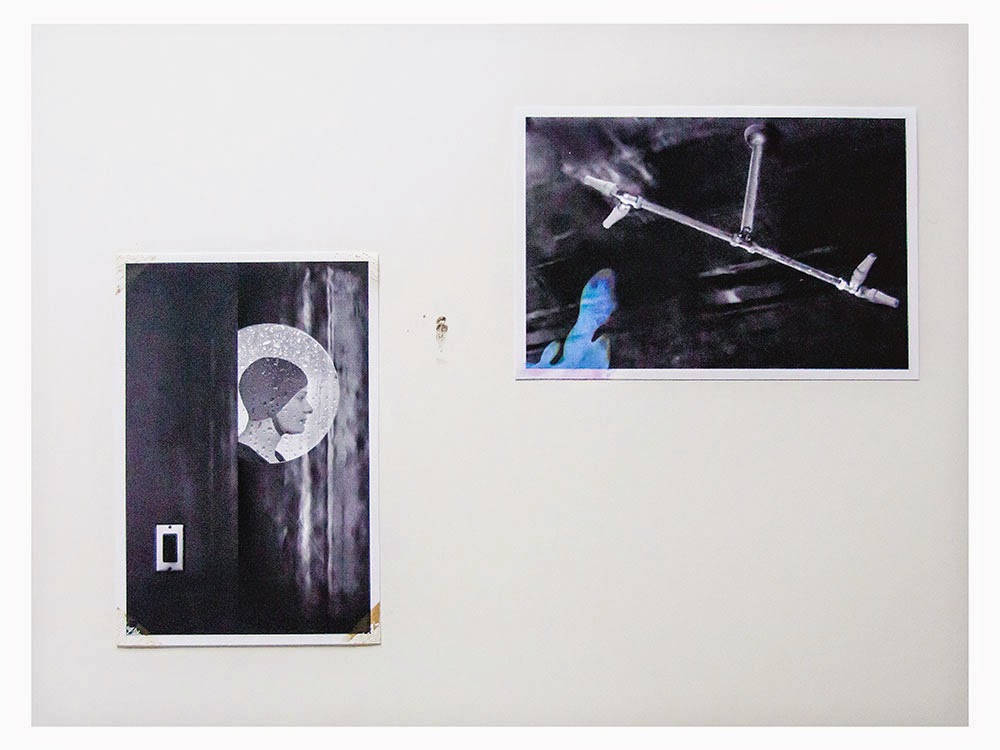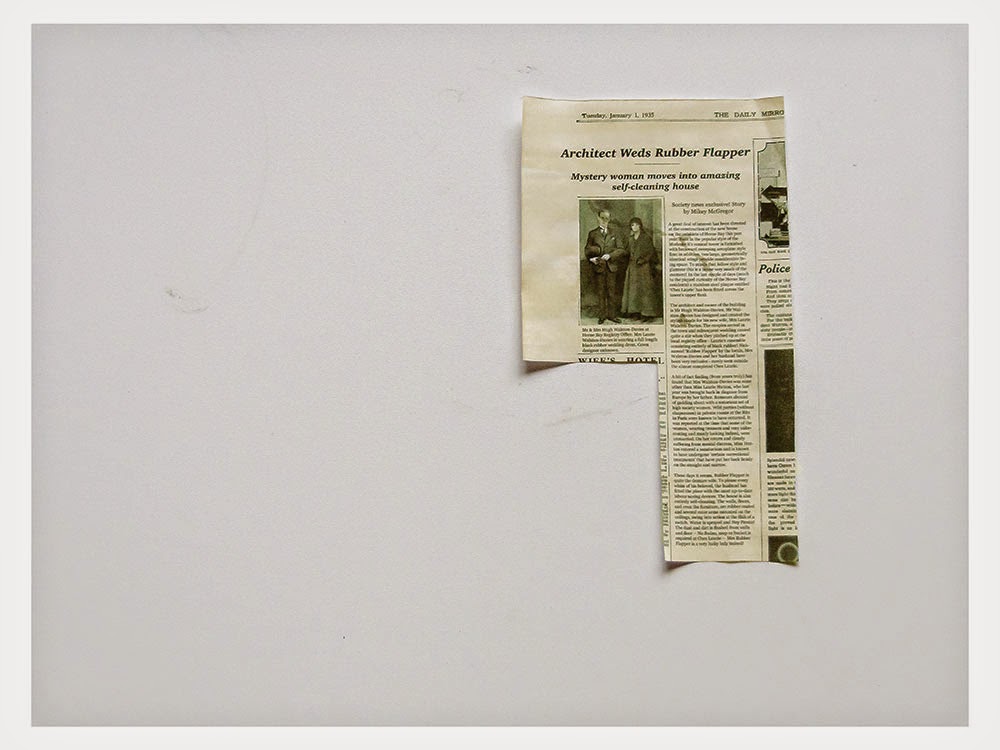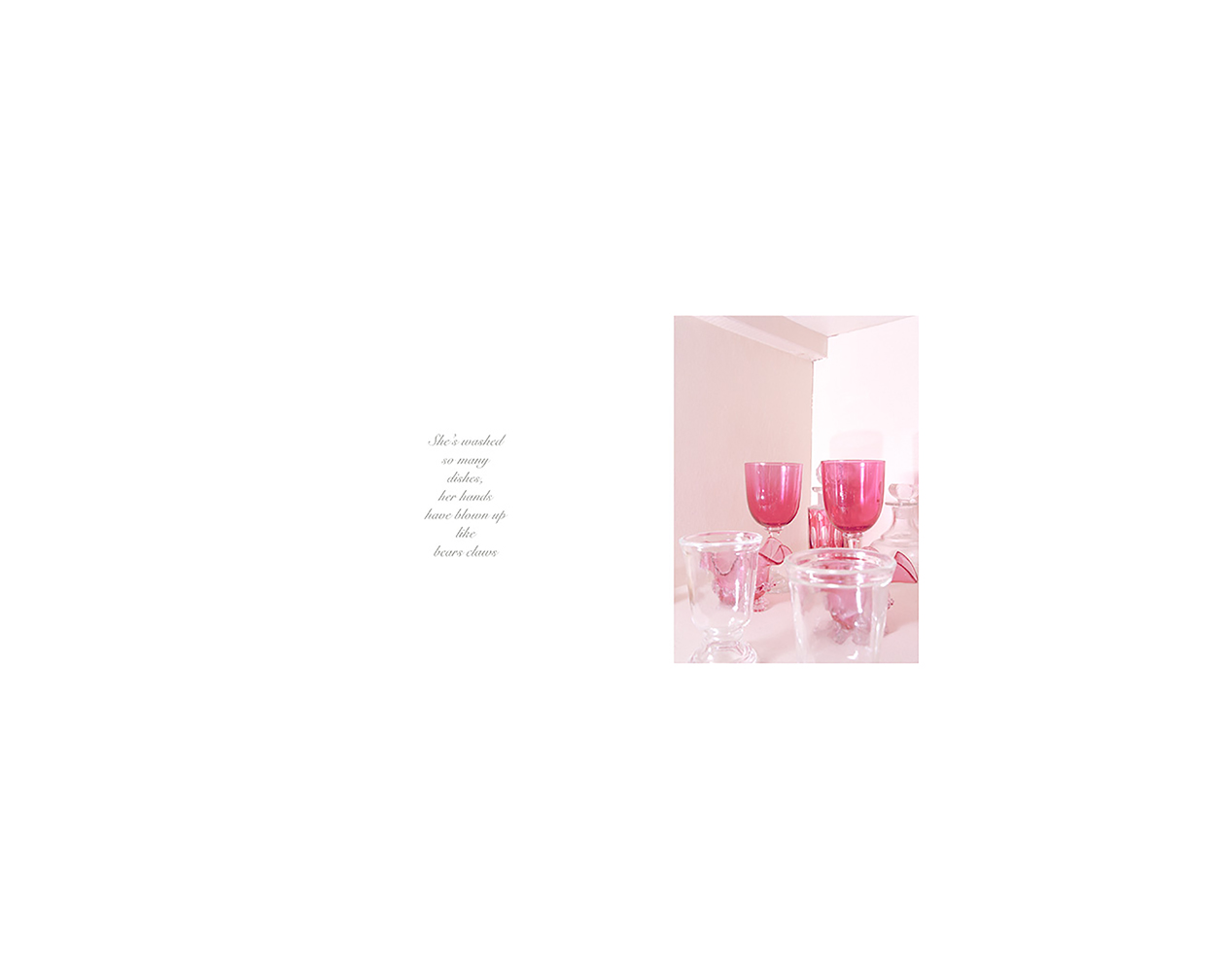This part is focusing on fictional texts that have been used to create a whole series of images.
A few examples are given of recent works that have been successful in combining images and text in way where both are enhanced by the other are cited.
- Michael Colvin, ‘Rubber Flapper’
- Christian Patterson, ‘Redheaded Peckerwood’
- Joan Fontcuberta’s ‘Stranger Than Fiction’
Learning Points
- You can create both the images and the words to work together to forward the story, neither being more dominant
- Allow ideas time to develop
- To increase the depth in the outcomes, really research your subjects
Michael Colvin
Although I was able to access the OCA Page on Michael Colvin’s ‘Rubber Flapper’, (“Rubber Flapper | the Open College of the Arts”), the images wouldn’t load, I have raised with my tutor, who forwarded it to the tech team, but didn’t have a response. At the bottom of the article is a link to Michael’s blog which did lead me to the images and his writing about them. (Colvin)
Colvin has created a fictional story to highlight real-life issues pertaining to the hidden identities, histories and quashed voices of the LGBT+ community. Looking at his bio, I realise that he is the same age as me and I relate to a lot about what he says about growing up at that time.
This a fascinating piece of work, which I found really interesting. I was impressed by the level of detail Colvin went to in order to create his visions. This was obviously a subject close to his heart, but he had done lots of research and spent time planning and collecting the items he needed to complete the work. The constraints of assignments and timescales, often don’t give you time to really develop ideas, I have found that with a couple of assignments, but that doesn’t mean I can’t go back to them. Colvin had expanded the work for his final assessment and created a book.
I’m not sure I would have got the meaning of the images by themselves without reading Colvin’s accompanying description. I had to google ‘Lempicka’ to find out who she was. It may be that if I was part of the LGBT+ community I would have recognised the clues, but I didn’t. The text gave me an understanding which then made the images more interesting and pushed me to look for and understand the clues.
The chronological diary of this process and development of the project was really insightful in terms of his planning process. It was clear that although he had a clear plan of what he had visualized, he also left room for it to develop and change as drove the project forward.
I think all of the elements together helped Colvin achieve his goal of raising awareness and understanding. He gave a voice and identity to those he considers have not had the control to do so. In my own work, I can see that coming from a point of knowledge and lived experience can really add depth and insight into an area you wish to highlight. In the same way that the ‘Black Lives Matter’ campaign has done in the last year.
There is also a more recent blog about Colvin’s experience as a student, which I found very interesting, (“Rubber Flapper | the Open College of the Arts”) –
As this post has got quite long, I will review Christian Patterson, ‘Redheaded Peckerwood’ and Joan Fontcuberta’s ‘Stranger Than Fiction’ in the next post.
Works Cited
Colvin, Michael. A Partial Moment. 23 Jan. 2015, apartialmoment.blogspot.com/search/label/Assignment%202. Accessed 21 May 2021.
Lundy, Gina. “Student Stories: Michael Colvin, Photography. | the Open College of the Arts.” Www.oca.ac.uk, 16 Mar. 2020, www.oca.ac.uk/weareoca/photography/student-stories-michael-colvin-photography/?cn-reloaded=1. Accessed 20 May 2021.
“Rubber Flapper | the Open College of the Arts.” Www.oca.ac.uk, www.oca.ac.uk/weareoca/photography/rubber-flapper/. Accessed 20 May 2021.



